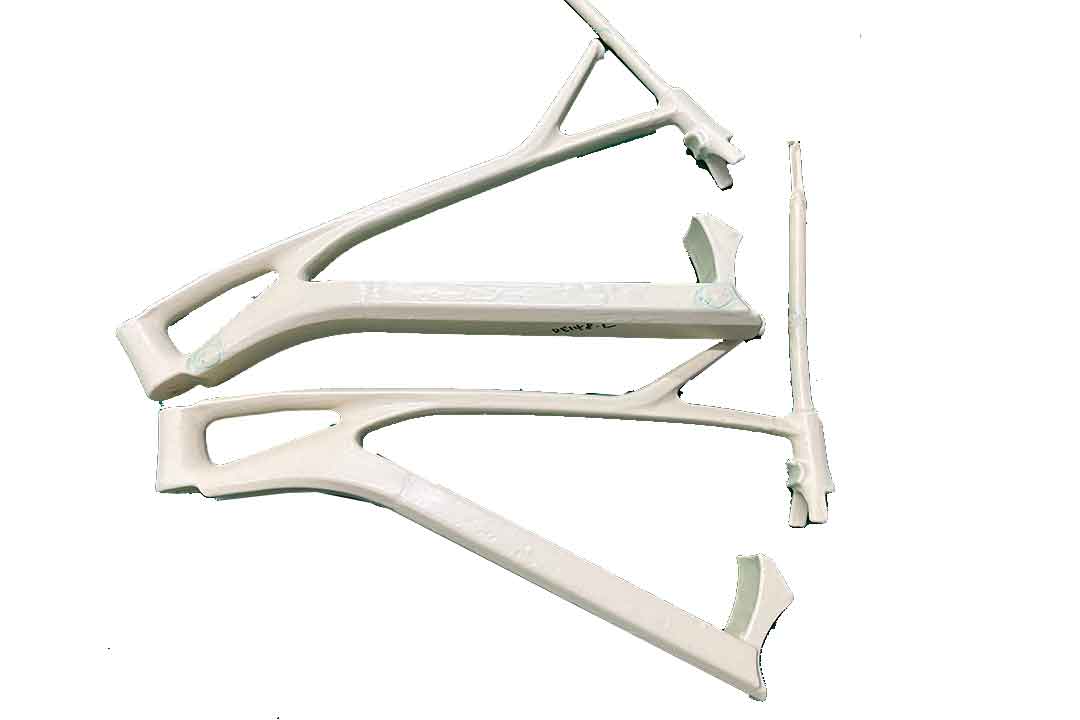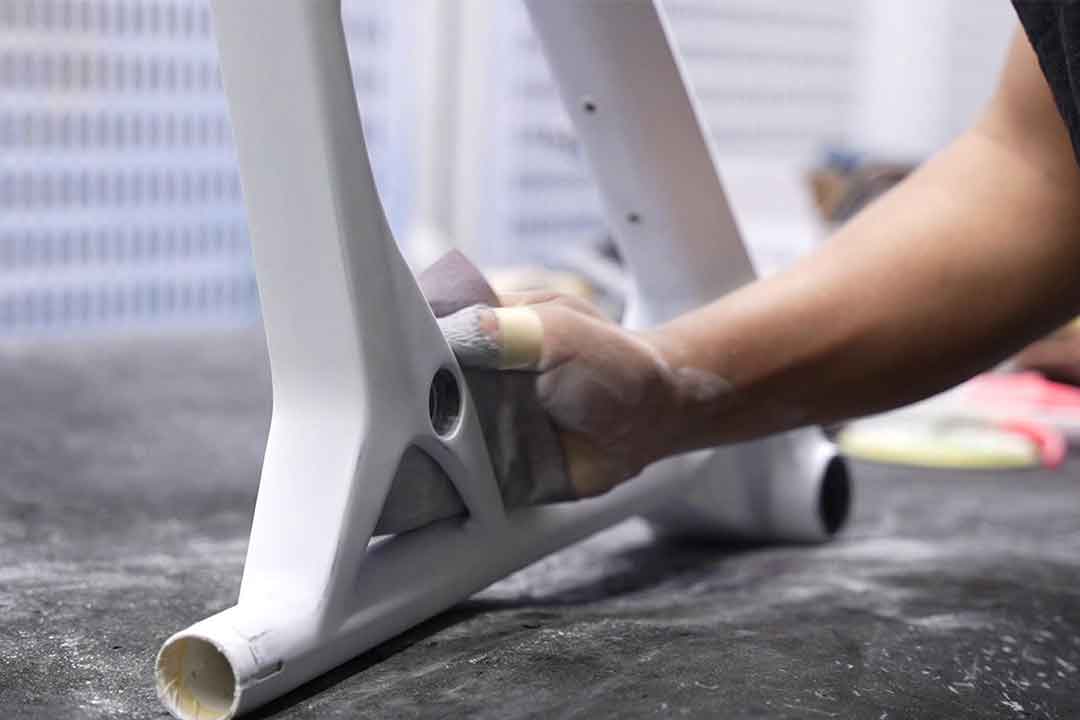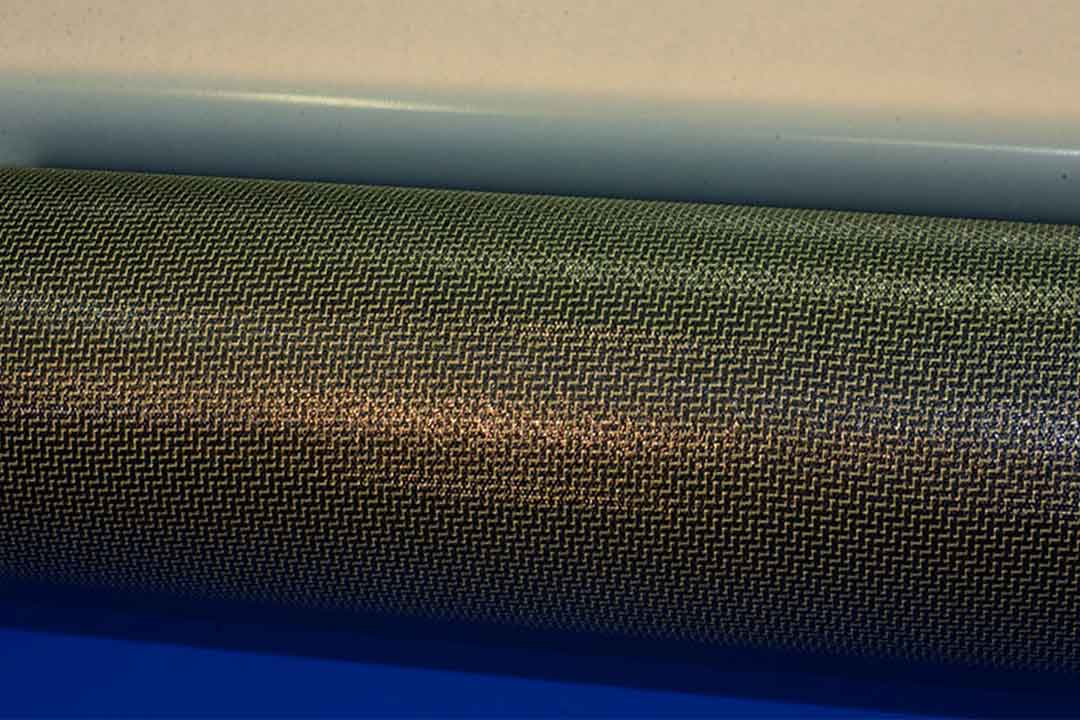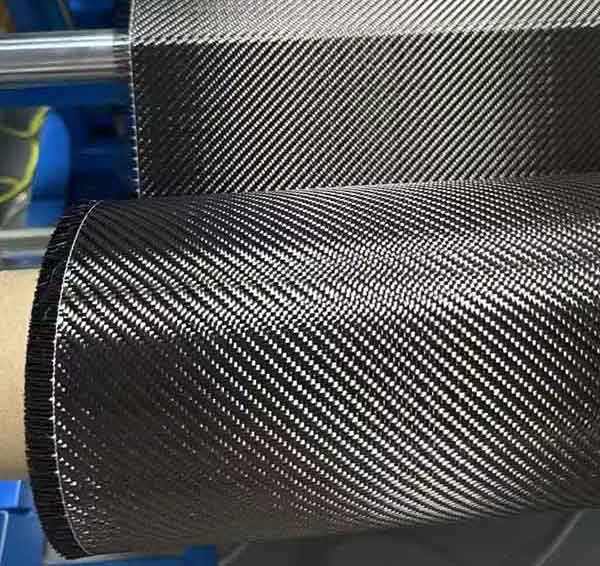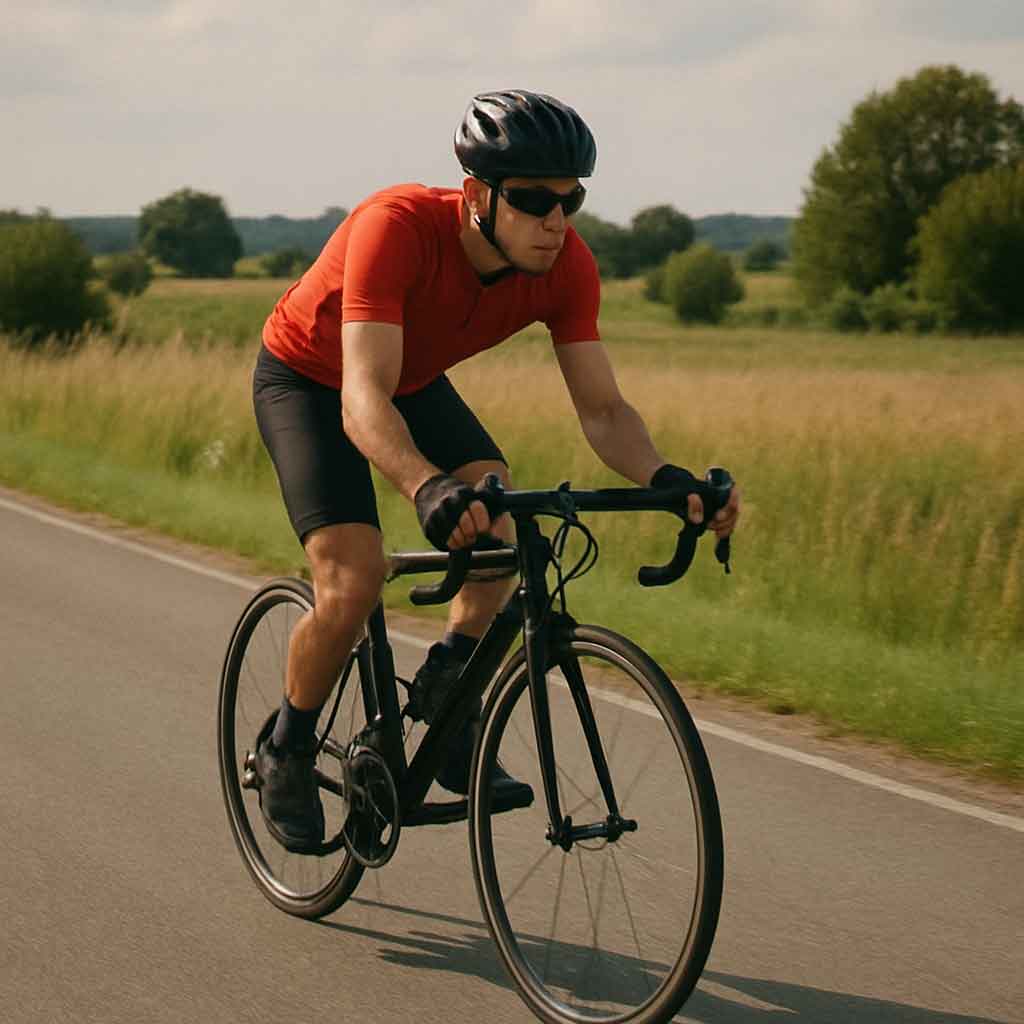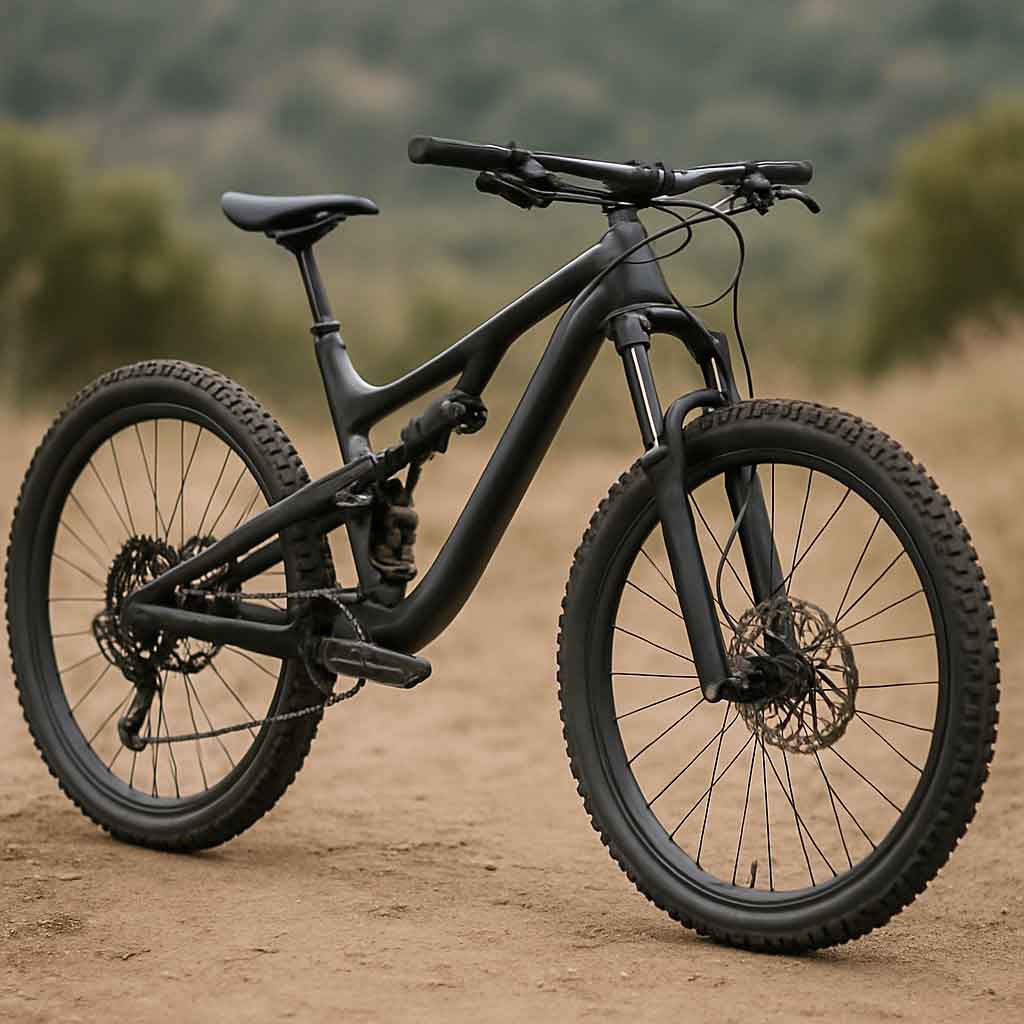Welcome to Mondince Bike - A well-known factory specialized in produce carbon bike frame and other parts since 2007.
Full Suspension vs. Hardtail: Which to Choose?
Choosing the right mountain bike can be a daunting task, especially when faced with the decision between full suspension and hardtail models. Both have their advantages and are suited to different types of terrain and riding styles. In this guide, we will break down the key differences, benefits, and considerations to help you decide which type of bike is best for you.
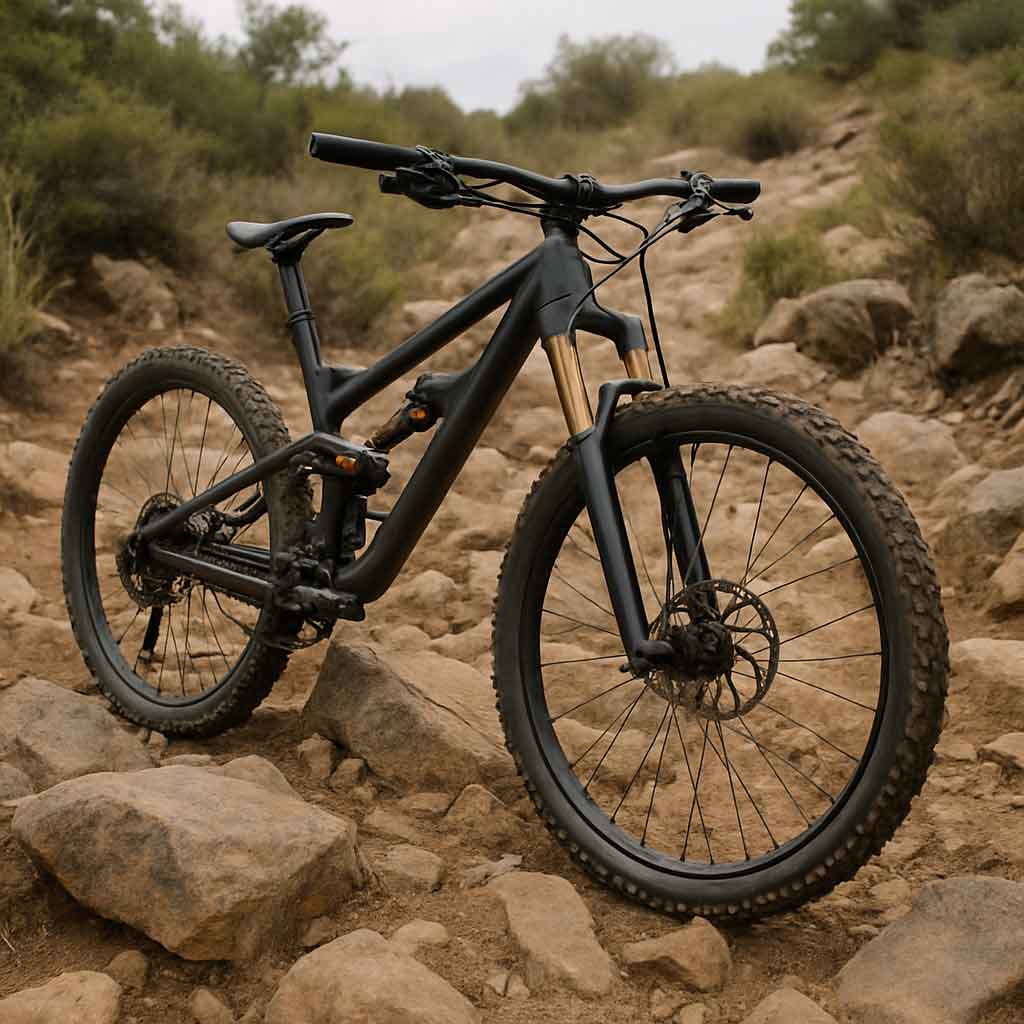
A full suspension mountain bike, often referred to as a dual suspension bike, features both front and rear shock absorbers. This design is intended to absorb impacts from rough terrain, providing a smoother ride. Full suspension bikes are ideal for technical trails and steep descents, where control and comfort are paramount.
Benefits of Full Suspension Bikes
- Improved Comfort: The dual suspension system absorbs shocks from uneven terrain, reducing rider fatigue and making long rides more enjoyable.
- Better Control: With suspension at both ends, these bikes offer improved traction and stability, allowing for greater control on challenging trails.
- Versatility: A good full suspension MTB can handle a variety of terrains, from rocky trails to forest paths, making it a versatile choice for off-road enthusiasts.
Considerations for Full Suspension Bikes
- Cost: Full suspension mountain bikes tend to be more expensive due to their complex design and added components.
- Weight: The additional suspension components add weight, which can affect climbing efficiency and speed.
- Maintenance: More moving parts mean more maintenance. Keeping a fully suspended bike in top condition requires regular care.
What is a Hardtail Mountain Bike?
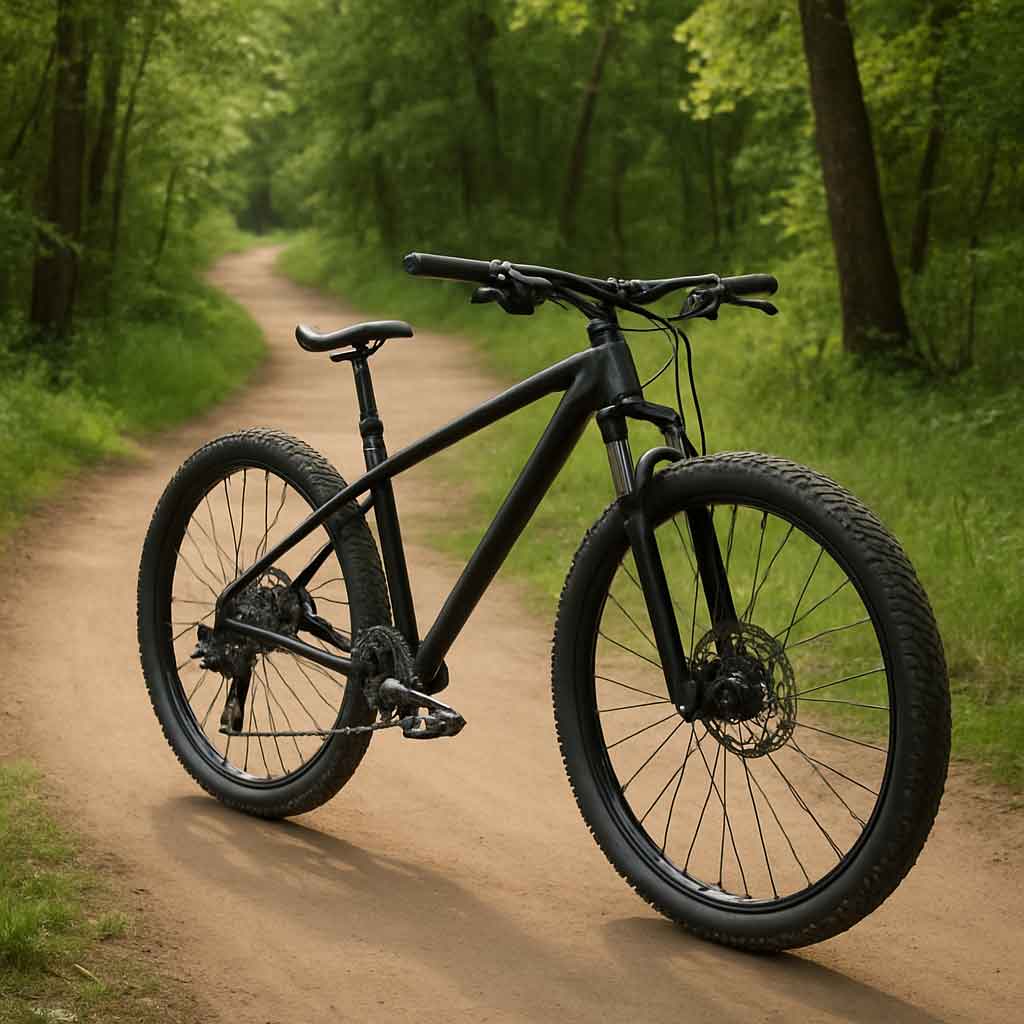
Hardtail mountain bikes have a suspension fork at the front, but no rear suspension. This makes them lighter and generally less expensive than full suspension models. Hardtails are favored by riders who prefer a more direct connection to the trail and those who ride on smoother paths.
Benefits of Hardtail Bikes
- Efficiency: With fewer suspension parts, hardtails are lighter and more efficient on climbs and flat terrain.
- Affordability: Hardtail mountain bikes are generally more budget-friendly, making them a great option for beginners or those looking for a cost-effective bike.
- Low Maintenance: Fewer components mean less maintenance, saving time and money in the long run.
Considerations for Hardtail Bikes
- Comfort: Without rear suspension, hardtails can be less comfortable on rough terrain, leading to increased rider fatigue.
- Control: While they perform well on smoother trails, hardtails may not offer the same level of control on technical or rocky terrain.
- Versatility: Hardtails are less suited to rough trails compared to their full suspension counterparts.
Full Suspension vs. Hardtail: Head-to-Head
Terrain Suitability
- Full Suspension: Excels on rocky, technical trails and steep descents. Its dual suspension system enhances traction and comfort.
- Hardtail: Best suited for smoother trails, cross-country riding, and climbing. Its light weight and efficiency make it ideal for less challenging terrain.
Riding Style
- Full Suspension: Ideal for riders who enjoy aggressive downhill and technical trail riding. The added control and comfort allow for more adventurous rides.
- Hardtail: Perfect for cross-country riders and those who prioritize speed and efficiency on less technical trails.
Budget
- Full Suspension: Typically more expensive due to advanced technology and additional components. However, there are cheap full suspension MTB bikes available for those on a budget.
- Hardtail: Generally more affordable, offering a great entry point for new riders or those looking to save money.
Choosing the Right Bike for You
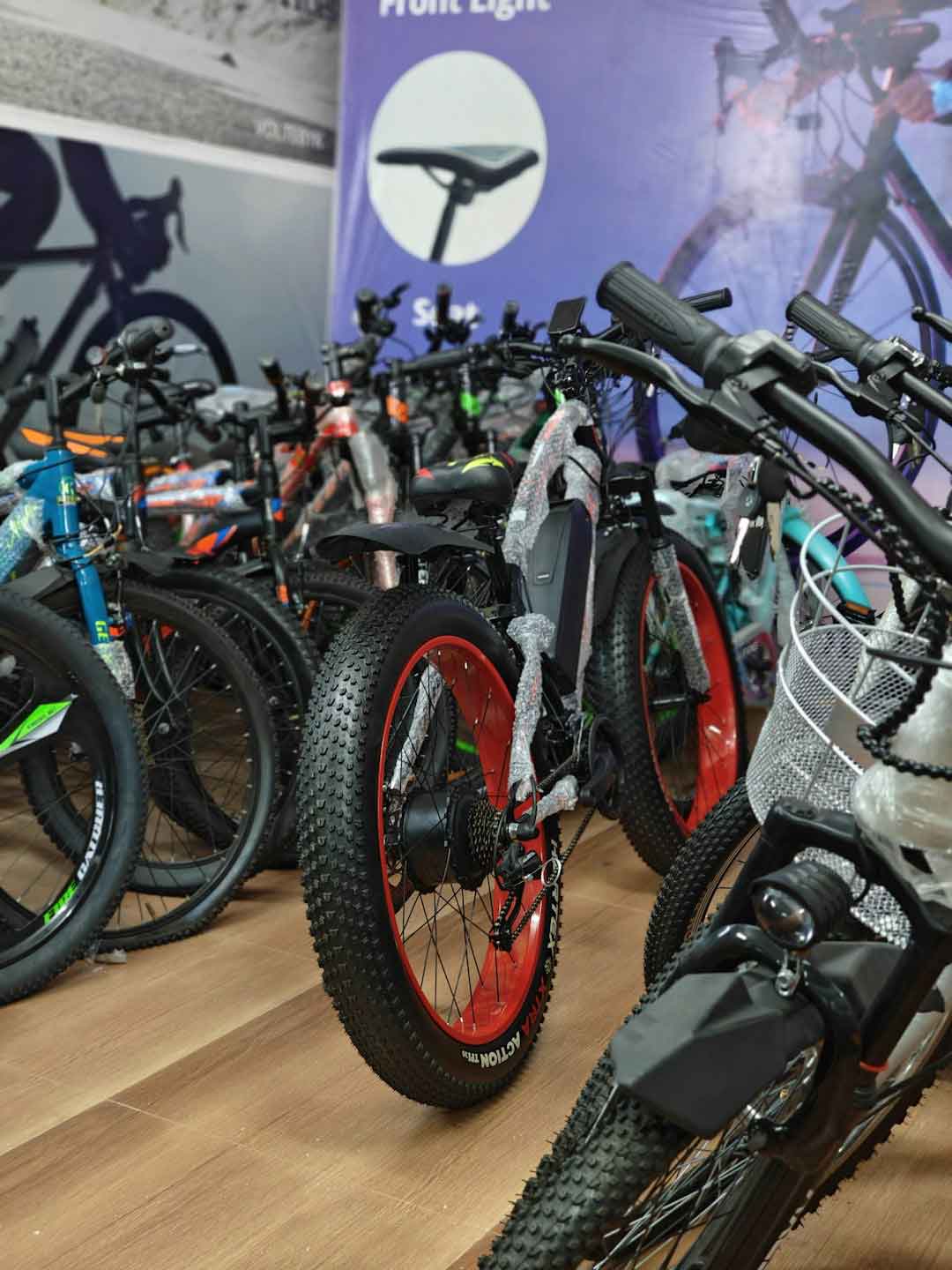
by Unbox Guy (https://unsplash.com/@voltebyk)
When deciding between a full suspension and a hardtail bike, consider your riding preferences, the types of trails you frequent, and your budget. Here are some questions to ask yourself:
- Where will you be riding? If you frequent technical trails with lots of rocks and roots, a full suspension bike may be the better choice. For smoother, less technical trails, a hardtail might suffice.
- What's your budget? If cost is a major factor, a hardtail bike offers a more budget-friendly option. However, if you can afford it, investing in a full suspension bike can provide long-term benefits in terms of comfort and versatility.
- How much maintenance are you willing to do? Full suspension bikes require more maintenance due to the additional components. If you prefer less maintenance, a hardtail might be more suitable.
- What is your riding style? If you love aggressive downhill riding or tackling technical trails, a full suspension bike will offer the control and comfort you need. For cross-country riding and efficiency, a hardtail is a great choice.
Conclusion
Choosing between a full suspension and a hardtail mountain bike ultimately depends on your personal preferences and riding needs. Both types of bikes offer unique advantages and are designed to enhance your riding experience in different ways. By considering the terrain, your budget, and maintenance preferences, you can select the bike that will offer the best performance for your adventures.
Whether you choose a fully suspended bike for comfort and control or a hardtail for speed and efficiency, the right mountain bike will help you enjoy the trails to the fullest. Happy riding!



